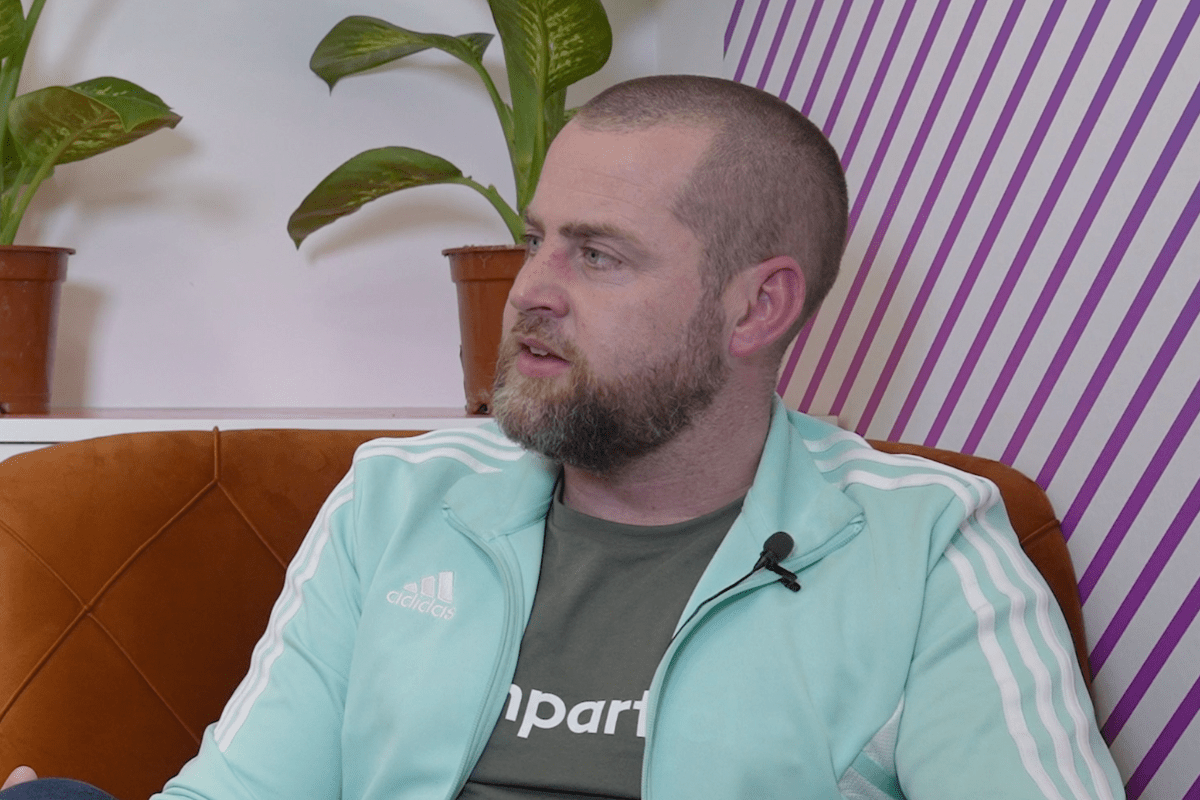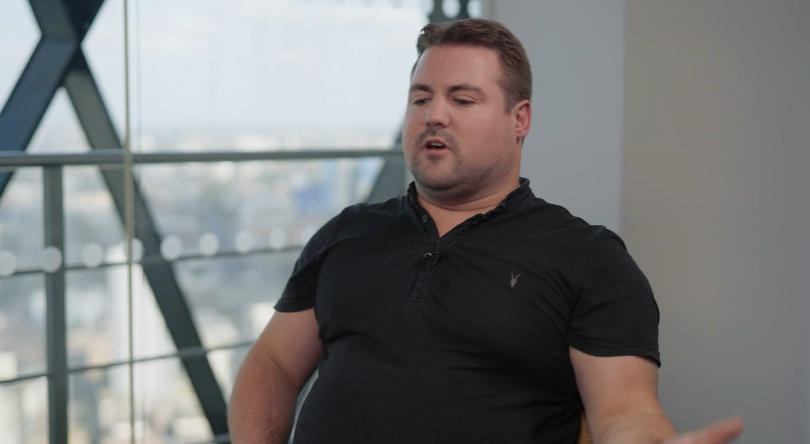 DM: So Alex, what’s the story behind StrikeAd?
DM: So Alex, what’s the story behind StrikeAd?
AR: StrikeAd was formed by myself and Simon Wajcenberg, our COO, in the spring of 2010. Simon’s background is in online direct marketing. He created themututal.net, which became TMN plc, then in 2006 he launched Clash Media, an online lead generation business with revenues of £25m and operations in the UK, US and France. He’s still involved in that business but not on a day-to-day basis.
Prior to StrikeAd, I set up the mobile division at the ad network, Unanimis, which we sold to Orange in August 2009. At that point, I took over the running of Orange’s mobile advertising business. The feeling was that, with Orange behind us, the mobile ad dollars would really start to flow, but the truth is, it didn’t really happen. When we looked at why this was, we realised that there were issues on the media buying side, around efficiency of ad spend and tracking and reporting on mobile campaigns, which were holding spend back. So we formed StrikeAd, which is a demand-side platform (DSP) for the mobile advertising business, to try to address some of these issues.
DM: So for the benefit of anyone not familiar with a DSP, can you explain what it is please?
AR: Sure. It’s a concept that comes from the web where Exchanges are growing in influence and act like eBay s for digital media. So from one side, you have web publishers whose inventory goes into the exchange via a supply-side platform, like an Admeld or Rubicon Project, and then you have the demand-side platform that media buyers use to bid for ads, targeting exactly the unique user or profile they are looking for.
DM: So who are we talking about on the supply-side in the mobile world?
AR: The supply-side platforms (SSPs), are the likes of Smaato, Mobclix, Nexage and AdMeld.
DM: OK, so they supply the inventory, what do you do and how does that help address these issues you mentioned earlier?
AR: Buying mobile media is currently a very manual, labour-intensive task. There is no widely used, web-like ad serving process when you buy from multiple ad networks, to track and control what is happening, and give the media buyer visibility of how campaigns are performing. You have to email or upload banner ads to each network, and each one will then send you separate spreadsheets with campaign metrics. You then have to marry up the delivery against the event that you were trying to create, whether that’s conversions or downloads or whatever. So what you have is a situation where, for a much smaller spend compared to print or online, there’s a lot more work involved, and this has been holding mobile advertising back.
DM: And so…
AR: And so what we do is we take away the pain. Our platform consolidates the inventory available to advertisers, then presents this in a great user interface where the media buyer can create a plan, look for the type of person they are trying to target, then buy that media across sources. Once the campaign is running, they can see in real-time how it’s performing and adjust it on the fly. So if there’s a campaign targeting Nokia and BlackBerry handsets and the Nokias are converting at a much higher rate than the Blackberrys, you can stop the Blackberry activity and put everything into Nokia, mid-campaign. It’s a much more open and transparent way to buy media at scale.
DM: And what sort of inventory are we talking about here? Are you dealing with premium or performance networks, or a mixture of both?
AR: This is a mix of premium and long tail inventory. Large and small publishers have very low sell-through rates today due to the small scale of mobile advertising. As a result, a lot of high quality inventory is offered to the SSPs, which we can access.
As regards premium or performance types of campaigns, we are talking about performance advertising here today. On the premium side, you have brands running nice, rich media ads on The Guardian app, for example, which we respect and accept there is a big place for on mobile, where it’s all about branding and exposure and creativity. Our expertise is in the direct response market. When you’re running lots of targeted banners and you want to be sure they are working, that’s where StrikeAd comes in.
DM: And can you really offer reasonably accurate targeting when you’re dealing with performance networks, where the buy is blind or at best, semi-blind?
AR: We can, because we are provided with very detailed information from the SSPs we are currently integrated with – we hope we will get the same from ad networks as they integrate with us to offer their inventory for our platform. We can get very accurate data about an individual, often including their actual location. If you want to target 24-35 year old men with a high income, we can do that based on detailed site and behaviour profiling that the SSPs carry out on their users. They provide us with that data and we can buy accordingly.
DM: And where are you in terms of deployment?
AR: We raised some money at the start of 2011 from eValue, a German-based VC. We also appointed an advisory board led by Stephen Taylor, who has run Overture and was also regional vice president and managing director for Yahoo! Europe; and Reza Behnam, who has senior roles at Yahoo! and IDG Ventures on his CV. He also founded and runs the online ad buying platform, ADZ.
A prototype of our platform is now being trialled with several big media buying agencies, and we are looking at an official launch of the licensed platform, StrikeAd Fusion, towards the end of March.
There are two aspects to what we offer. StrikeAd Fusion is a licensed model, where the agency buys a licence and runs it themselves, and StrikeAd Engage is a managed service, where we run it on the agency’s behalf until they are confident they can take it on themselves.
DM: And how has it been received?
AR: Very well. People like the transparency and the granularity of the targeting. We are enabling scale and transparency to enter the mobile advertising business, and it’s something the industry has been crying out for.
















